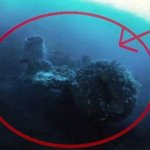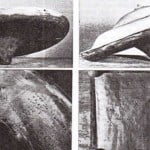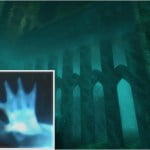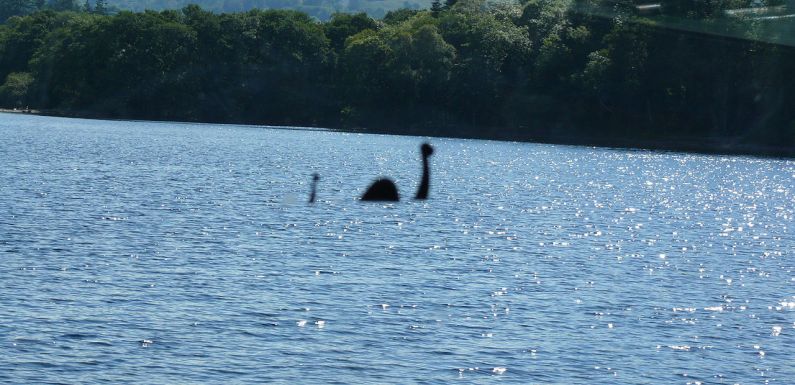
We are sure you all heard of the Loch Ness monster which supposedly lives in the Scotish deep lake of Loch Ness, shaped by glaciers. But, is it a conspiracy or a true yet unconfirmed story, we are about to find out since the scientists decided to search for its DNA examining every creature that lives within the area of the lake.
Beginning from April 2018, an international crew of scientists along with its leader, geneticist Neil Gemmell of the University of Otago, started collecting water samples from the Loch Ness lake.
The team said their intention involves gathering about 300 samples from several locations over the lake.
Professor Gemmell explained that every sea creature inevitably leaves traces of DNA while it moves inside the water.
As of June 2018, the scientists will start deriving the DNA from the water samples. Their highest expectation is to discover Loch Ness monster’s genetic fingerprint. But even if they don’t, the study is still very important for in terms of achieving rich ecological information.
The units will undergo examination in laboratories around France, Denmark, New Zealand and Australia.
After this, they will compare the DNA results to their collection of data of already known species. As expected, by the end of the years, we will know whether the fabled monster is real or not.
“I’m going into this thinking it’s unlikely there is a monster, but I want to test that hypothesis. What we’ll get is a really nice survey of the biodiversity of the Loch Ness,” said Gemmell.
Even though the pursuit of the Loch Ness monster might make this project sound catchy, the real thing is that the scientists also want to test some theories in order to acquire more data about our surroundings.
“There is no evidence of the wels in Loch Ness, any more than there is any evidence of my favorite [candidate], sturgeon,” project head Adrian Shine wrote in an email to The Skeptic.
“Both theories originated as our attention focused more and more upon fish candidates among the reducing possibilities of any real unusual creatures being the cause of sightings.”
Gemmell said that the scientists will compare the lake’s DNA samples with those of modern reptiles. Given this, they will take into consideration the numerous statements linking the Loch Ness monster’s appearance with a plesiosaur.
Plesiosaurs are a clade of Mesozoic marine reptiles which appeared in the latest Triassic Period, about 203 million years ago.
They became common during the Jurassic Period. However, they disappeared as a result of the Cretaceous–Paleogene event, about 66 million years ago. They had a worldwide oceanic distribution.
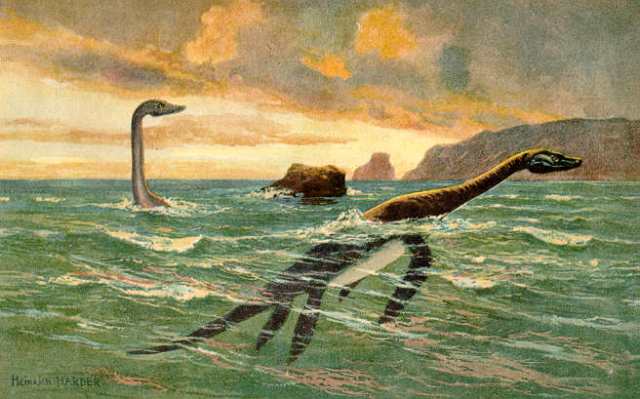
The ultimate hypothesis the scientists will test is that the legendary monster is a species still unknown to science. Thus, they will compare samples of environmental DNA from the Scottish lake with those of other bodies of water.
Environmental DNA or eDNA is relatively a new study area. According to the scientists, as creatures move, they leave traces of DNA through various ways.
By employing new technology, they will decode the eDNA and compare to the existing database of known species. Hence, they will determine whether there is a new yet unidentified one.
“It’s a very powerful technology,” says Gemmell.
“There is an extraordinary amount of new knowledge we will get from work on the organisms that inhabit the lake, the largest body of freshwater in the United Kingdom,” he added.



